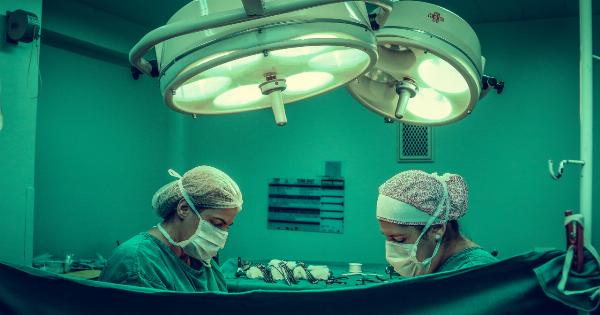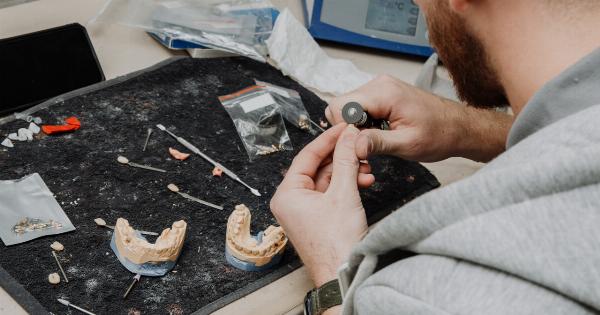Over the past few decades, the use of robotics in surgeries has increased significantly.
With the advancements in technology and the development of sophisticated robotic systems, surgeons can now perform complex surgeries with higher precision and accuracy. In this article, we will discuss the wonders of robotics in surgical procedures.
What are Surgical Robots?
Surgical robots are computer-controlled robotic systems that help surgeons perform complex surgeries with enhanced precision and control.
These robots consist of a camera arm and several robotic arms, which are controlled by the surgeon through a console. By using these robots, surgeons can perform minimally invasive surgeries, which means smaller incisions, less blood loss, and faster recovery time for the patient.
The Benefits of Robotic Surgery
The use of surgical robots has several benefits, including:.
- Precision: Surgical robots are designed to perform surgeries with much higher precision and accuracy than human hands. This means that there is less room for error, and the surgery is more likely to be successful.
- Less Invasive Surgeries: Robotic surgeries require smaller incisions, which means less pain and scarring for the patient. Patients also tend to recover faster from minimally invasive surgeries.
- Faster Recovery: Robotic surgeries typically have shorter recovery times than traditional surgeries because they are less invasive. Patients can often return to normal activities within a few weeks after surgery.
- Reduced Blood Loss: Because robotic surgeries are less invasive, there is typically less blood loss during the procedure. This is especially important for patients who have conditions that make them prone to bleeding.
- Improved Visualization: Robotic systems have high-resolution cameras, which provide surgeons with a clear view of the surgical site. This means that surgeons can see the structures they are working on more clearly, which leads to more accurate results.
Examples of Robotic Surgeries
Robotic surgery can be used for a wide range of procedures, including:.
- Prostate Surgery: Robotic surgery is commonly used for prostate surgery, which is a delicate procedure that requires a high level of precision.
- Gallbladder Surgery: Robotic surgery is often used for gallbladder surgery because it is minimally invasive and results in less pain and scarring for the patient.
- Hysterectomy: Robotic surgery is also commonly used for hysterectomy, which is a major surgery that traditionally requires a large incision. With robotic surgery, the incision is smaller, and the recovery time is shorter.
- Heart Surgery: Robotic surgery can be used for a variety of heart surgeries, including valve repair or replacement, bypass surgery, and atrial septal defect repair.
- Lung Surgery: Robotic surgery can be used for lung surgery, which is traditionally a highly invasive procedure. With robotic surgery, surgeons can make smaller incisions and perform the surgery with greater precision.
The Future of Robotic Surgery
The future of robotic surgery is bright, as technology continues to advance and more sophisticated robotic systems become available.
In the future, we can expect to see even more complex robotic surgeries being performed, with higher levels of precision and control.
One of the most promising areas of development in robotic surgery is the use of artificial intelligence (AI). By using AI, surgeons can train robots to perform surgeries with even greater precision and accuracy.
This could lead to fewer complications and better outcomes for patients.
Another area of development is the use of virtual reality (VR) and augmented reality (AR) technology. By using VR and AR, surgeons can visualize the surgical site in 3D and perform the surgery with greater accuracy and control.
Conclusion
In conclusion, the use of robotics in surgical procedures has revolutionized the field of medicine.
With the help of surgical robots, surgeons can now perform complex surgeries with enhanced precision and control, resulting in better outcomes for patients. As technology continues to advance, we can expect to see even more incredible developments in the field of robotic surgery.




























